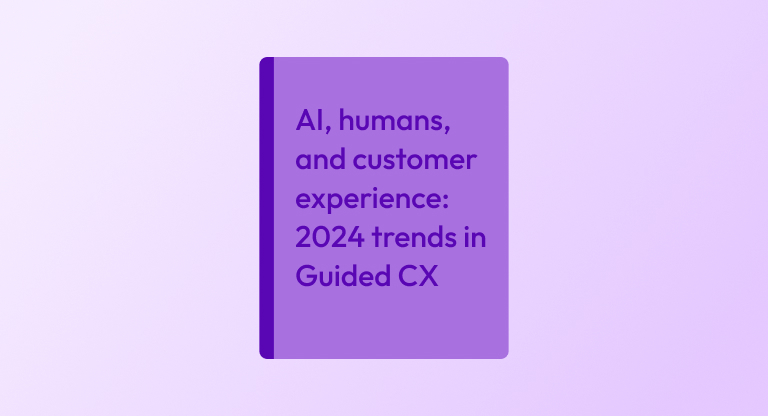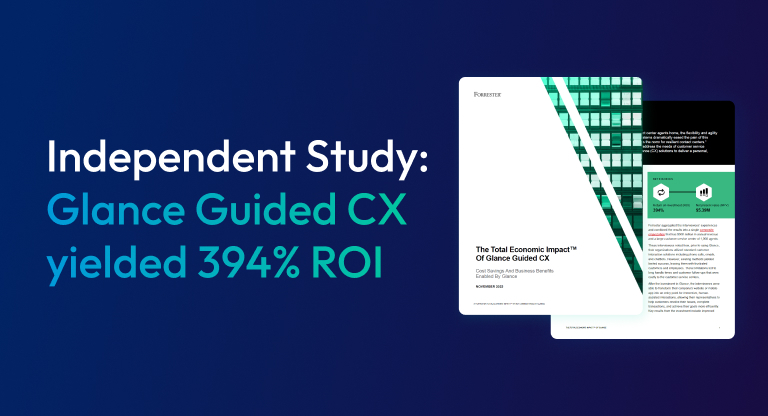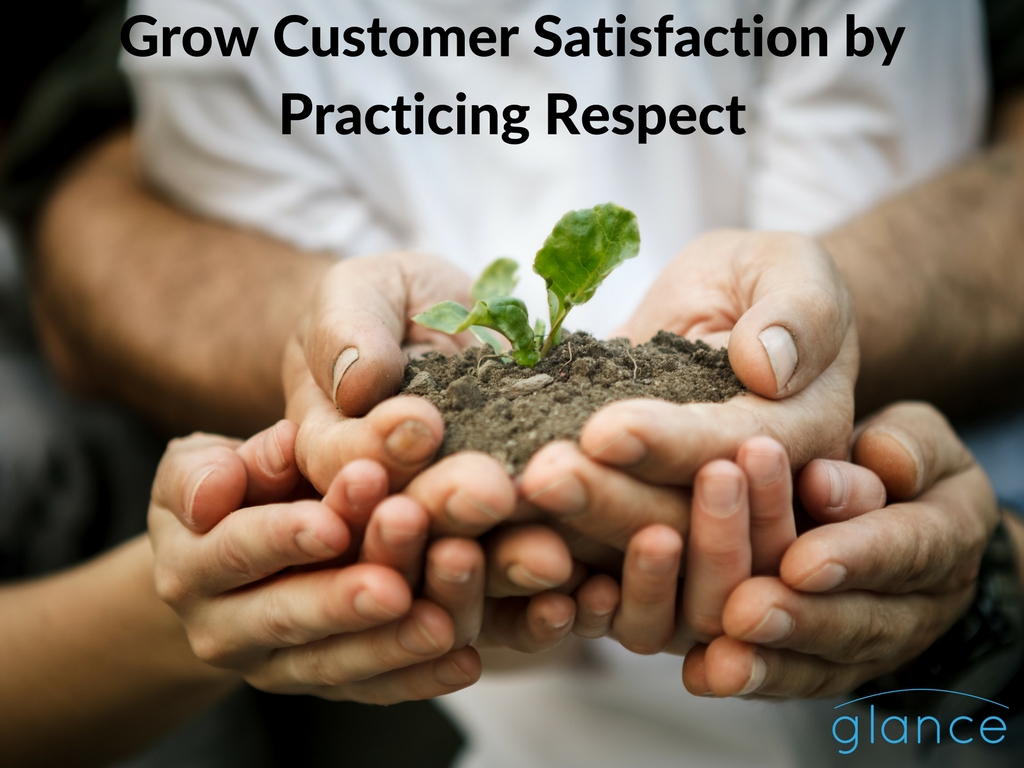According to Forrester, the revenue impact from a 10% improvement in a company’s customer experience score can translate into more than $1 billion. How can you know the customer experience programs you’ve implemented are making customers happy? Research by Esteban Kolsky at thinkJar shows that only 1 out of 26 unhappy customers complain. The rest churn. In addition, 91% of unhappy customers who are non-complainers simply leave.
In the face of all this, customer-facing teams have turned to three common feedback metrics to gain insights into generating customer satisfaction and long-term loyalty: Net Promoter Score (NPS), Customer Satisfaction Score (CSAT), and Customer Effort Score (CES). Let’s take a look at their strengths and weaknesses.

Customer Satisfaction Score (CSAT)
Customer satisfaction surveys are a simple way to gauge how customers feel shortly after an interaction with the company. Given that it is 6-7X more expensive to attract new customers than to keep existing customers, this outreach can really pay off over time. Survey questions are usually asked in relation to a specific transaction, with each question offering five possible responses: very satisfied, somewhat satisfied, neither satisfied nor dissatisfied, somewhat dissatisfied, very dissatisfied. CSAT surveys are strong customer experience score indicator because they reveal the effectiveness of a specific transaction, but not necessarily a company-wide effort or a customer’s long-term happiness and loyalty. People who pick answers in the middle range don’t really tell the company much.
Net Promoter Score (NPS)
A Net Promoter Score® (NPS) survey asks a single question: How likely is it that you would recommend the company/product/service to a friend or colleague? Scoring for this answer generally ranges from 0 to 10. This customer experience score is calculated by subtracting the percentage of detractors (those who scored 0-6) from the percentage of promoters (those who scored 9-10). Scores of 7-8 are not factored into the score. NPS surveys are often sent quarterly to a random sample of the customer base. One critical component is the customer’s explanation of why they picked the rating they did. Qualitative analysis reveals why detractors are having a bad experience while promoters are enthusiastic.
“Net Promoter Score is the voice of the customer. If you have a high NPS score, you’re doing something right…If it’s low, stop being so proud of yourself. Your customers aren’t.” – Jason Lemkin, Venture Capitalist and Founder of SaaStr.
Customer Effort Score (CES)
An oft-cited statistic from Oracle shows that 82% of people describe their buying experience as “taking too much effort.” A Customer Effort Score is based on a single question posed to determine how much effort a customer personally put into a certain interaction with the company. The theory is that it’s not necessary to produce an extraordinary experience, just one that meets expectations. CES has been shown to be the best indicator of customer loyalty—but it does not address the influence that other factors like price and competitors can have on those answering the question. Also, some experts question whether an effortless experience should always be the goal. As Sampson Lee of Global CEM asks, “Why strike for a [bland] effortless experience just for the sake of enhancing Customer Effort Score at the expense of a memorable experience [that produces customer pleasure and brand loyalty]?”
Customer Experience Score Bottom-line Takeaways
- To measure short-term happiness of customers around a single transaction, use CSAT.
- For an indicator of whether or not someone would recommend a product/service, go with NPS.
- To get a feeling for the lifetime value of a customer, CES is a great tool.
A combination of these scoring methods can give a richer picture of where to focus your actions to create competitive advantage through an outstanding overall customer experience.
Ready to see how Glance visual engagement solutions can empower your customers and increase sales for your business?
Sign up for your personalized Glance demo today!
About Glance Networks
Glance helps enterprise organizations create the ultimate customer experience with smart, omni-channel visual engagement solutions based around integrated cobrowse, screen share, and one-way agent video. We are one of the world’s simplest, most reliable and secure platforms that enable companies to see, show and share anything online, creating a frictionless path to great experiences in sales, support and customer service. The result is improved customer satisfaction and loyalty, increased revenue growth and operational savings. From financial services and healthcare to retail and travel and leisure, even the most advanced technology and SaaS organizations – we transform the customer experience for today’s business. Learn More »





